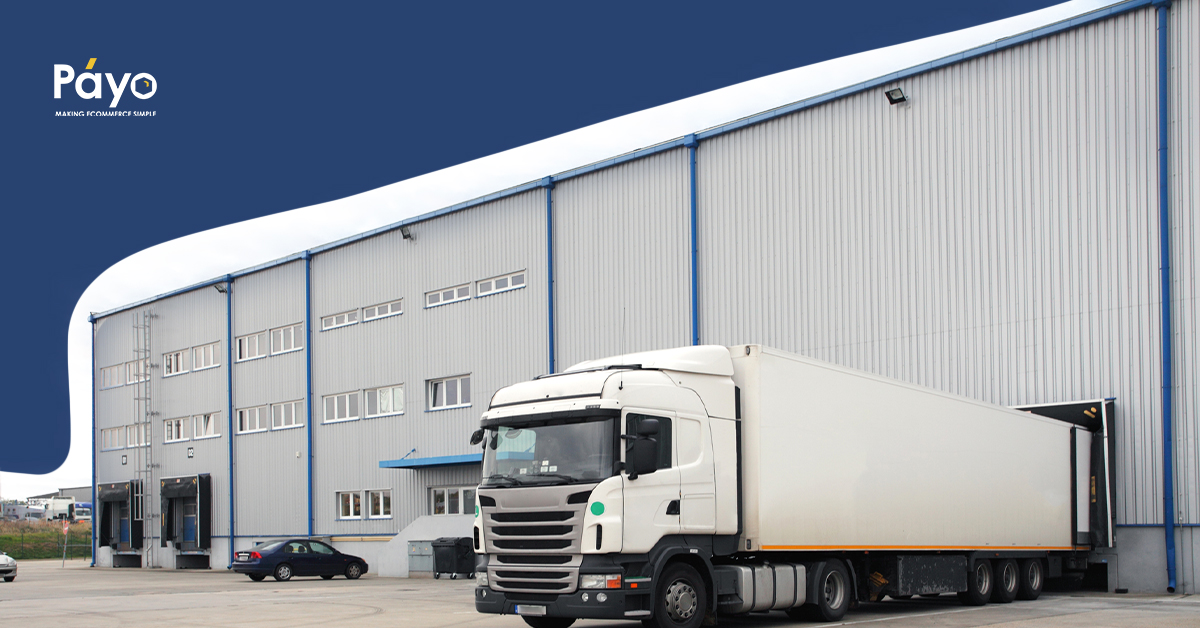

A look into the warehousing sector in the Philippines
Logistics is among the many industries that remains resilient over the course of the pandemic. As E-commerce continues to grow, so does the demand for logistics and warehousing services in the Philippines.
Overview of the warehousing sector in the Philippines
According to a 2020 year-end report from Colliers International, warehousing services in the Philippines recorded a gross value added of Php 118.4 Billion as of September 2020. This was due to the rise in E-commerce transactions as Filipinos stayed at home due to lockdowns. This also saw businesses expanding their offerings, which led to the increased demand for warehouses.
Warehousing, along with the rest of the logistics sector, is expected to maintain its growth for the succeeding years thanks to this shift in consumer behavior. However, Colliers also identified several challenges that warehousing is experiencing in the Philippines. These include limited spaces in Metro Manila, limited flexibility of existing warehouses, aging warehouses in provinces, and the worsening traffic congestion.
Growth opportunities for warehousing
There is hope for the warehousing sector in the Philippines to reach its full potential through different growth opportunities. One of which is modernization through technology. Automating warehouse processes will enhance overall operations because you can do tasks digitally, and sometimes, even remotely. Another is having warehouses outside the metro. This will help save on costs, especially as warehouses within business districts tend to be more expensive.
Colliers also identified using a ‘hub and spoke’ model to effectively manage warehousing in the Philippines. This means merchants can opt to have warehouses in the metro where their main operations are, and also in nearby provinces where the lease is cheaper. It’s easier on the budget plus merchants still get a lot of space.
Perspective from industry and government
It’s also possible to view the warehousing sector in the Philippines in a different lens. In real estate, JLL Philippines shared that as of September 2021, the country’s demand for logistics in the urban areas will continue to grow. Third-party logistics service providers and E-commerce stakeholders are forecast to lead the rising demand for space.
Similarly, the Philippines’ Department of Finance also continues to see growth opportunities in upgrading warehouses, but with a focus on enhancing food storage. This opens up the discussion on improving warehouses to better serve other industries they cater to, like E-commerce.
In a recently concluded online forum entitled “The PH logistics industry scales big and high: An industry outlook for 2022 and beyond”, decongestion was highlighted to help logistics grow further. The countryside offers affordable investments but metro cities remain most attractive to investors because of access to consumers. Thus, decongesting Metro Manila will significantly contribute to the sector’s overall long-term growth.
Importance of a reliable warehousing partner
Considering the local situation, this now raises the value of having a warehousing partner that can best capture these opportunities. Luckily, Payo makes for an ideal partner because it offers efficient warehousing services in the Philippines, as well as a wide range of E-commerce services.
Payo has warehousing presence in strategic locations, namely Metro Manila, Cagayan De Oro, Pampanga, and Cebu. You’re not only able to gain a tech-enabled partner, but you also get access to key markets where you can be visible to consumers. Aside from warehousing, Payo also offers Cash on Delivery Integration, Fulfillment, Last Mile Management, and even Live Customer Support!
Want to know more about Payo’s warehousing and E-commerce services? Sign up with Payo today or send us a message at [email protected]. We look forward to chatting with you!

